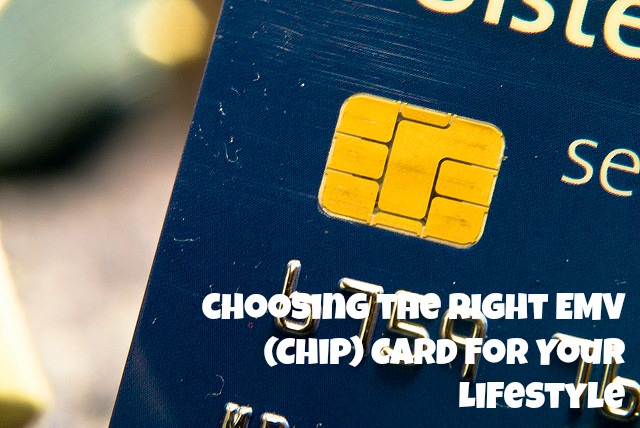
This coming October, American retailers will be required to accept EMV (chip) credit cards at their retail registers, or face increased fraud liability. On the credit card issuer side, this means that issuers are rushing to upgrade millions of credit cards to have an EMV chip. Chances are, if your card expired in the past six months, you’ve already received an EMV card. Since you have to get a new card anyway, now is the right time to evaluate: what is the right EMV card for you?
While the EMV chip will help your card to be more secure and resistant to hacking at point of sale, EMV cards are far from equal. When discussing EMV, many news articles focus on the fact that EMV has long been deployed in Europe and other foreign countries. (In fact, EMV stands for Europay, MasterCard, Visa, which makes it pretty clear where this started.) Having an EMV doesn’t mean that your card will be easy to use abroad.
Many credit cards already carry a foreign transaction fee. This is a fee tacked on by the bank in addition to the currency conversion. Average foreign exchange fees are in the 2-3% range. An EMV doesn’t mean your card won’t still have this fee! In addition, while US merchants and banks are deploying EMV Chip-and-Signature (meaning you still just sign your receipt), most foreign countries require a PIN with your card (EMV Chip-and-PIN). While an EMV Chip-and-Signature card will have better acceptance abroad, if you are planning to travel a lot, you will want a full Chip-and-PIN Card.
So, what card should you get? While, once you’ve decided you want an EMV card, many of the same questions apply that always do. Are you planning to travel a lot? If the answer is yes, make sure to get a card with no foreign transaction fee. One great card for travelers is the Barclaycard Arrival Card, which has no foreign exchange fee and, with some extra work, can be configured to work as Chip-and-PIN. Based on reports, your success with this may vary, but at least it’s a possibility! Another popular travel EMV card with no foreign transaction fee is the Chase Sapphire Preferred Card, although you definitely won’t get a PIN to work with this card.
If you’re not a traveler, then you don’t need to worry about the foreign exchange fee issue; you can focus on APRs and rewards. Chase also issues the Slate Card, which has no rewards, but has great introductory purchase and balance transfer offers and a low APR. Your local bank or credit union may also be issuing EMV cards (be sure to ask!) and usually these cards have lower APRs. Many Americans are eligible for cards from Pentagon Federal Credit Union and USAA, both of which offer low APR EMV cards.
If you don’t carry a balance and are more focused on rewards, the most popular EMV rewards card is the aforementioned Chase Sapphire Preferred. It earns one Chase Ultimate Rewards point per dollar, plus an additional point (for a total of two) for every dollar spent on dining and travel. These popular points are very valuable and can be redeemed for cash or transferred to many hotel and airline programs.
The second most popular EMV-enabled rewards card is the Bank of America BankAmericard Cash Rewards Card. This card earns 3% cash back on gasoline, 2% on grocery stores and 1% everywhere else. Plus, with Bank of America Preferred Rewards, you can earn bonuses from 10% to 75% on your rewards earnings depending on the total size of your relationship with Bank of America and Merrill Lynch.
Today, most major cards from the major issuers such as American Express, Chase, Citibank, Capital One, US Bank and others come equipped with EMV chips. It’s easy to find the card that’s right for you with this broad selection.
This article was written by Matthew Goldman, Founder and CEO of Wallaby Financial.
Image Source
